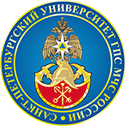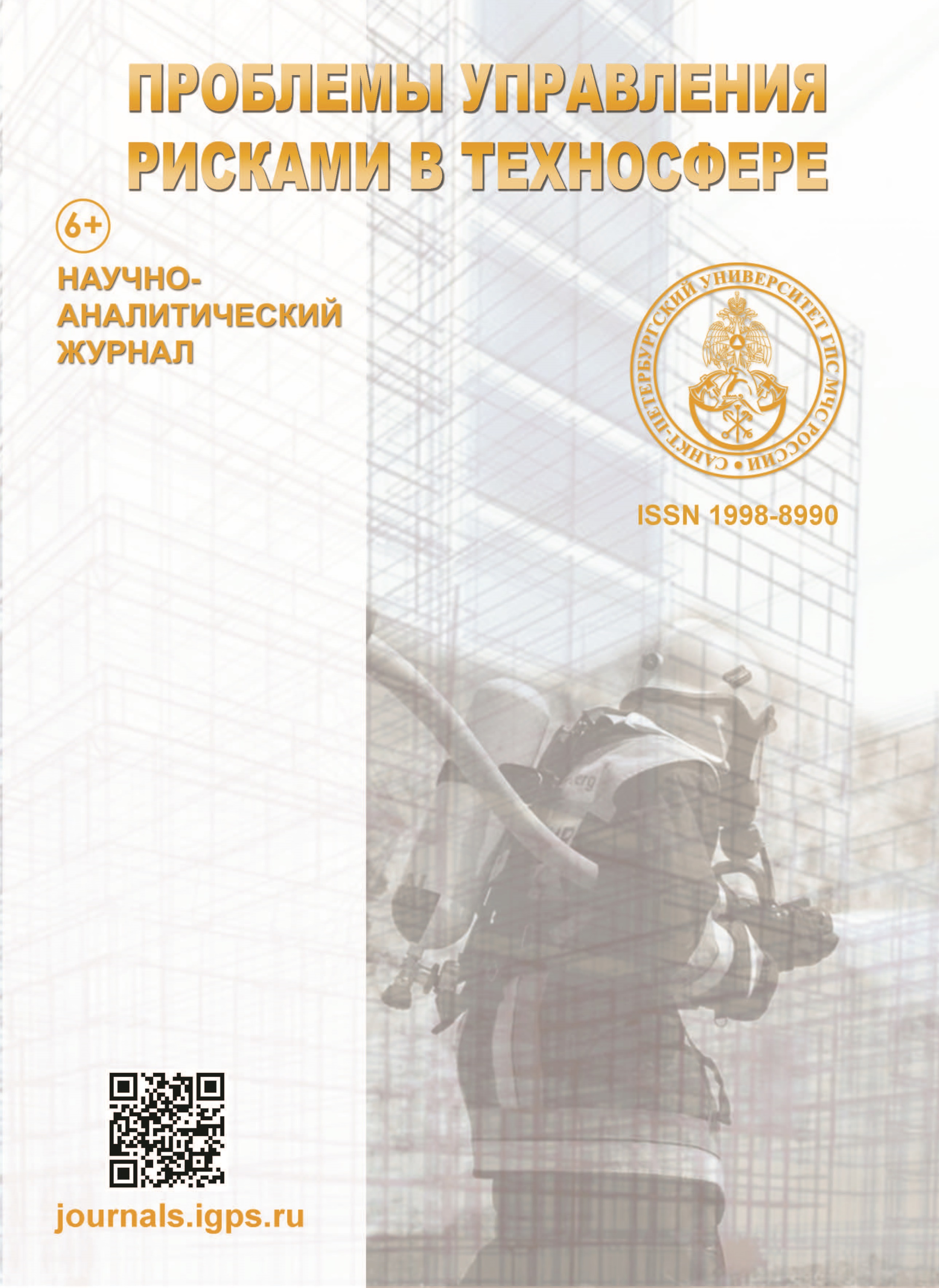Russian Federation
Russian Federation
Russian Federation
The number of natural and man-made emergencies on the territory of the Russian Federation continues to remain at a fairly high level. All emergencies are accompanied by the impact on the environment of dangerous damaging factors that can lead to harm to human health and life, fires and explosions with partial or complete destruction of various objects, pollution of the terrain and atmosphere by emissions of harmful substances. All this requires the implementation of emergency measures for the organization and conduct of search and rescue and other urgent work to find and protect people in dangerous areas and lesions. The purpose of the work is to substantiate and develop new tools and methods to improve the efficiency and quality of the organization and conduct of search and rescue operations in areas of large-scale emergencies by units of EMERCOM of Russia. The methodological basis of the work consists of analysis, synthesis, statistical, system-structural methods, and forecasting method. Approaches to improving the efficiency and quality of organizing and conducting search and rescue operations in large-scale emergency zones based on the use of a distributed network-centric control system for a group of unmanned aircraft, which allows all devices of the group to promptly exchange information messages both among themselves and with the central control node.
emergencies, search and rescue operations, unmanned aircraft systems, unmanned aircraft, distributed network-centric control systems
1. O sostoyanii zashchity naseleniya i territorij Rossijskoj Federacii ot chrezvychajnyh situacij prirodnogo i tekhnogennogo haraktera v 2022 godu: gos. doklad. Dostup iz sprav.-pravovoj sistemy «Konsul'tantPlyus».
2. Ob avarijno-spasatel'nyh sluzhbah i statuse spasatelej» (v red. ot 14 iyulya 2022 g.): Feder. zakon ot 22 avg. 1995 g. № 151-FZ. Dostup iz sprav.-pravovoj sistemy «Konsul'tantPlyus».
3. Vozdushnyj kodeks Rossijskoj Federacii ot 19 marta 1997 g. № 60-FZ (v red. ot 4 avg. 2023 g.). Dostup iz sprav.-pravovoj sistemy «Konsul'tantPlyus».
4. Trahtengerc E.A. Setecentricheskie metody komp'yuternogo protivodejstviya katastrofam i riskam // Upravlenie bol'shimi sistemami. 2013. Vyp. 41. S. 162–248.
5. Moiseev V.S. Gruppovoe primenenie bespilotnyh letatel'nyh apparatov. Kazan': Red.-izd. centr «Shkola», 2017. 572 s.
6. First Successful Rescue of a Lost Person Using the Human Detection System: A Case Study from Beskid Niski (SE Poland) / T. Niedzielski [et al.] // Remote Sens. 2021. № 13. P. 4903.
7. Abrosimov V.K. Kollektivy intellektual'nyh letatel'nyh apparatov. M.: Izd. Dom «Nauka», 2017. 304 s.
8. Unmanned Aerial Vehicles for Search and Rescue: A Survey / M. Lyu [et al.] // Remote Sens. 2023. № 5. P. 3266.
9. Multi-objective control for cooperative payload transport with rotorcraft UAVs / J. Gimenez [et al.] // ISA Trans. 2018. Vol. 80. P. 491–502.
10. The use of unmanned aerial vehicles (UAVs) for engineering geology applications / D. Giordan [et al.] // Bull. Eng. Geol. Environ. 2020. № 79. P. 3437–3481.







